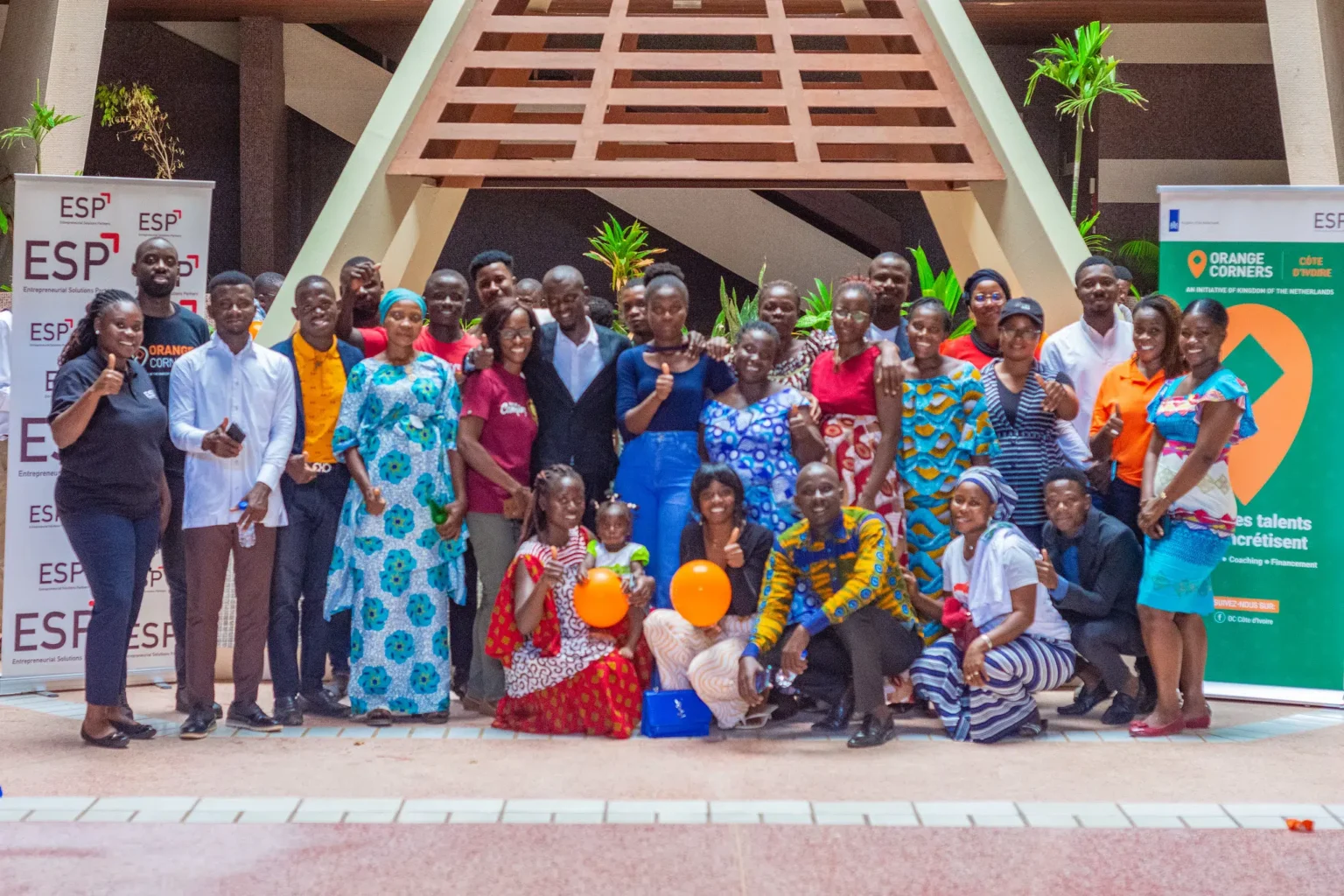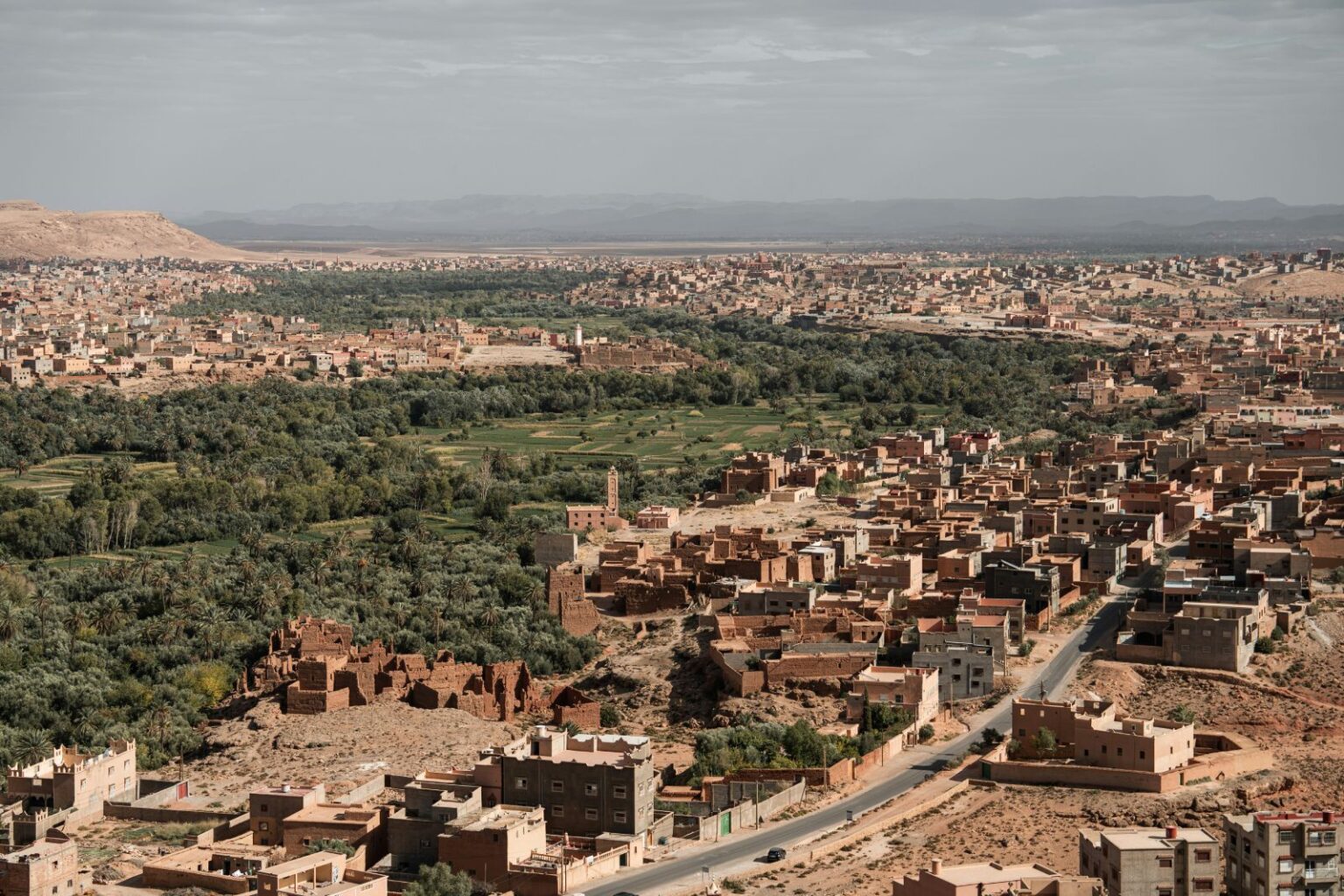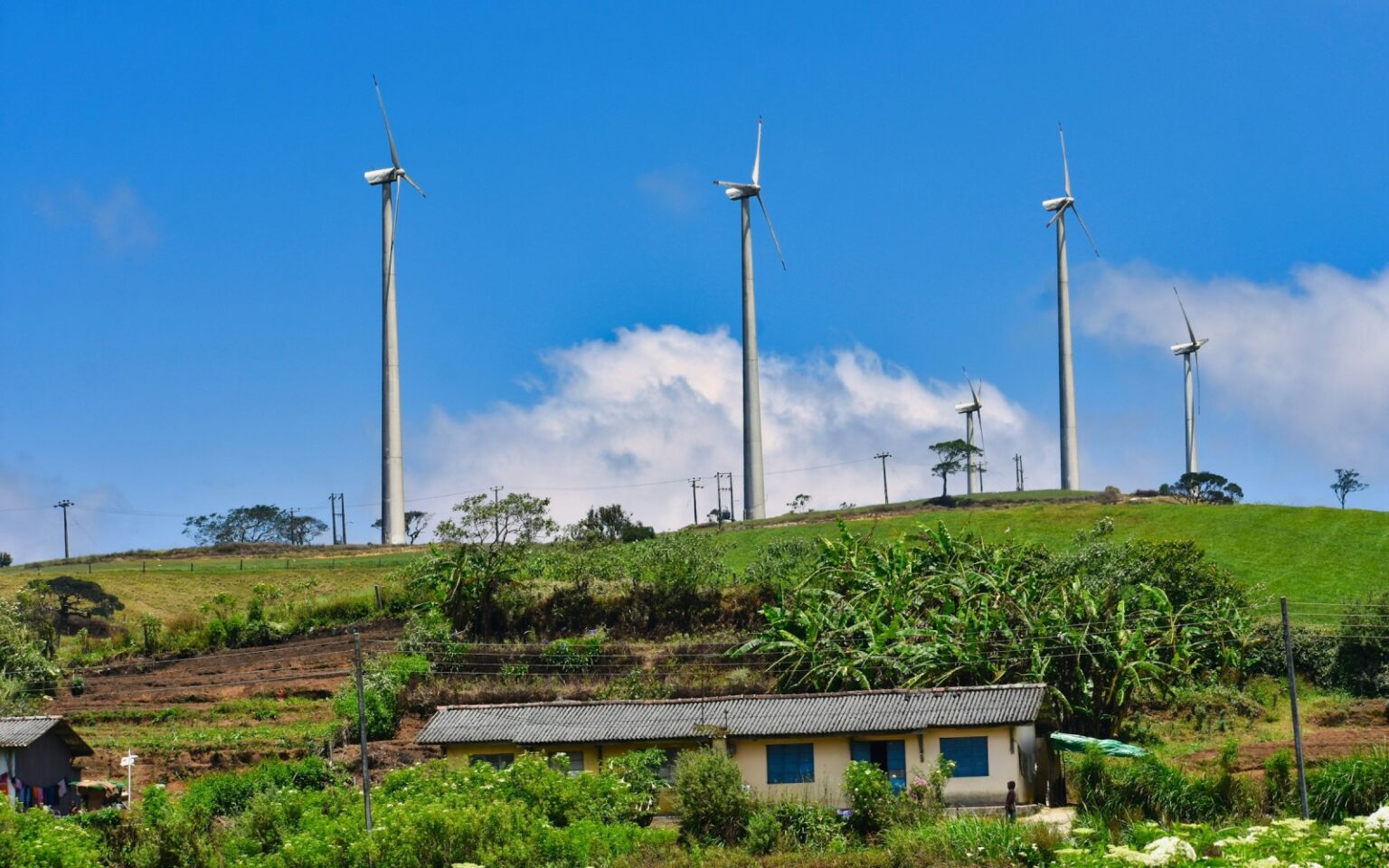Regen Cities
Building regenerative urban futures
What is a regenerative city?
A regenerative city is one that fosters a restorative relationship with nature, while ensuring equity, dignity, and resilience for all its inhabitants. It goes beyond sustainability—actively improving the ecosystems it depends on, while nurturing the cultural, social, and economic vitality of its communities.
Imagine a regenerative city - one that:
- Restores and enhance the natural systems that sustain urban life—air, water, soil, biodiversity
- Ensures universal access to essential services such as water, sanitation, energy, food, and waste management
- Promotes nature-positive infrastructure, including housing, mobility, and public space, that regenerates rather than depletes
- Embodies a renewed social contract, grounded in justice, inclusion, and shared prosperity
As urban leaders increasingly embrace this vision, networks like C40 Cities are advancing bold agendas toward inclusive, climate-resilient, and nature-positive cities. From Amsterdam’s circular economy strategy to Curitiba’s green mobility legacy, Kigali’s reforestation efforts, and Paris’ 15-minute city, a growing number of urban centers are paving the way toward regeneration.s

« Cities are at the frontline of climate action, biodiversity protection, and social transformation. They are the ideal terrain to pioneer the well-being economy and regenerative development »
How we help regenerate cities
Unlock natural solutions
Advise on urban development
Local community partnerships
Place-based regeneration
We advocate for urban regeneration that is culturally rooted, ecologically sound, and socially inclusive

Our impact so far
- Structuring public-private alliances to co-design and finance regenerative urban development initiatives;
- Supporting African SMEs delivering essential urban services (e.g. water, sanitation, energy, mobility) through technical assistance and access to finance;
- Designing frameworks for resilient urban infrastructure centered on nature, equity, and long-term impact.


